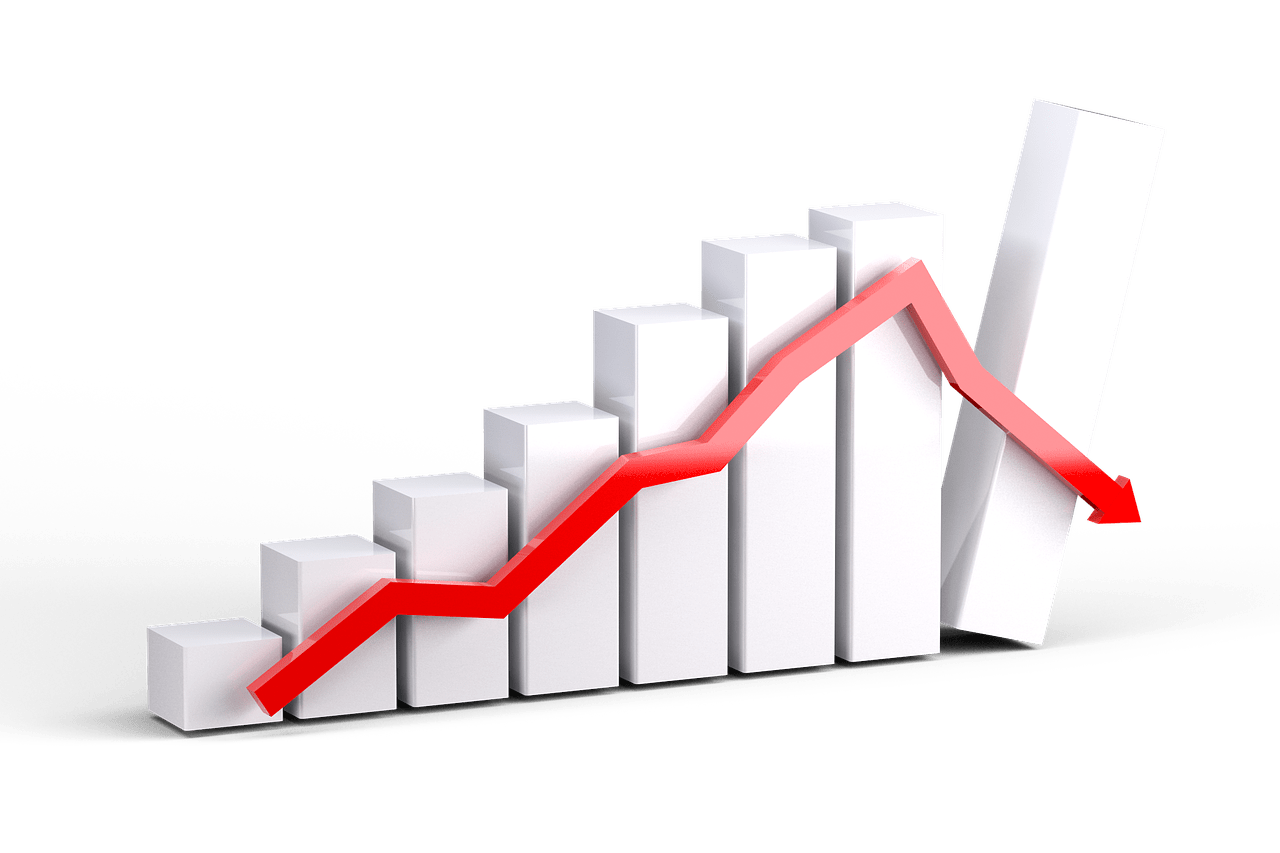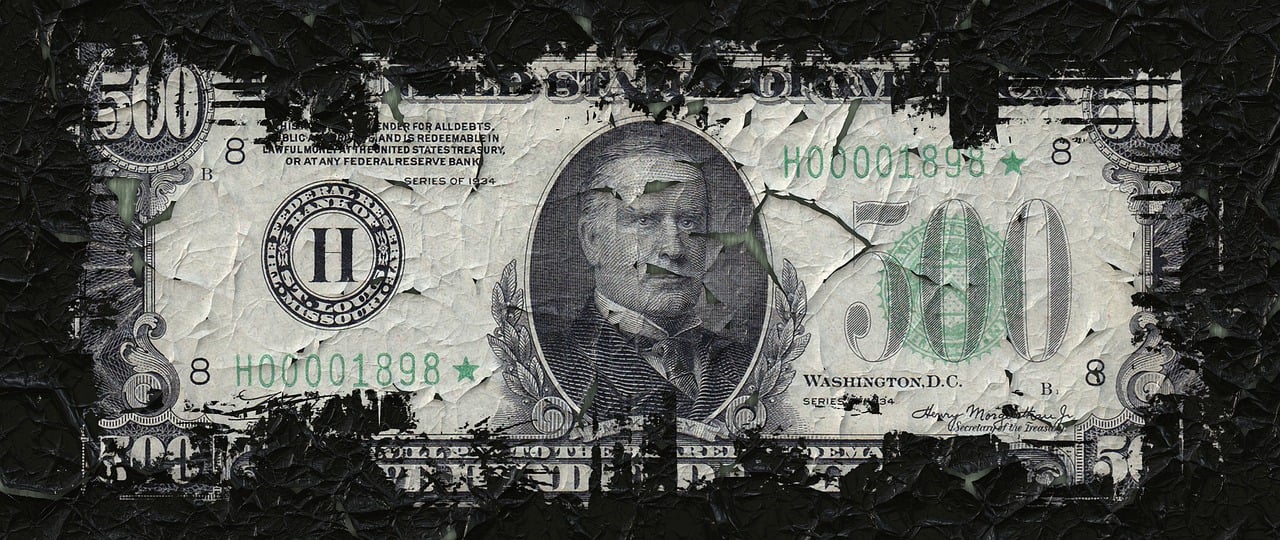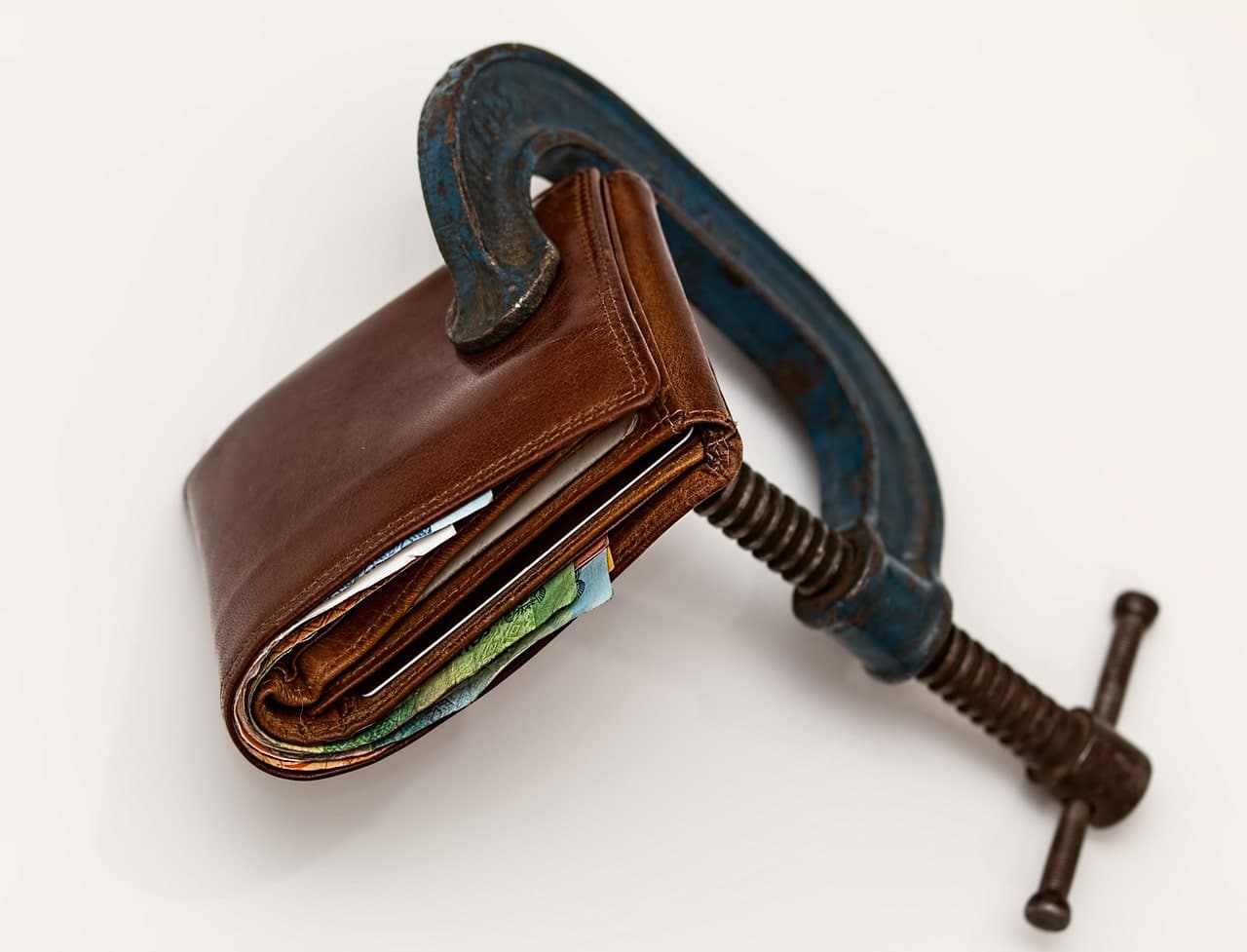This crisis is little known worldwide, due to the fact that two decades later, the most important crash of the Great Depression occurred. However, we will take a look to see what really happened.
The financial panic of 1907 was a crisis that originated after the New York Stock Exchange crashed (by 51%, compared to the previous year), and spread throughout the country when several businesses went bankrupt.
The United States was living in a time of recession, with the collapse of several banks and trust companies (which manage other people’s capital), and there are two theories that explain the market crash:
- The first is that there was a lack of liquidity on the part of several New York banks, thus generating a loss of confidence among depositors.
This, together with the “trust” (today’s risk-free investment funds), the lack of financial regulation (there were still no mechanisms for this) and the absence of lenders of last resort (someone who could guarantee that they could cope with unexpected withdrawals), led to the fall of the stock market. - The second theory is based on the inflation stimulated by Leslie Shaw (Roosevelt’s treasury secretary) in the two years prior to the crisis, causing the treasury department to act as a Central Bank, making purchases and violating the statutes by depositing funds in large national banks at his command.
The crisis occurred in October 1907, when the United Copper Company attempted to issue stock to corner the market.
This offering failed and with it, all the banks that had borrowed to finance such an issue, thus spreading it to affiliated banks and trust companies.
A week later, the Knickerbocker Trust Company, New York’s third largest trust fund, filed for insolvency and bankruptcy.
That’s when the fear around the city’s funds set in. Panic spread across the country, and it was here that millions of savers withdrew their deposits from the banks, triggering what some call the Knickerbocker crisis.
The following year, Senator Nelson W. Aldrich established a commission to investigate the crisis and propose future solutions, leading to the creation of the U.S. Federal Reserve (their current Central Bank).











